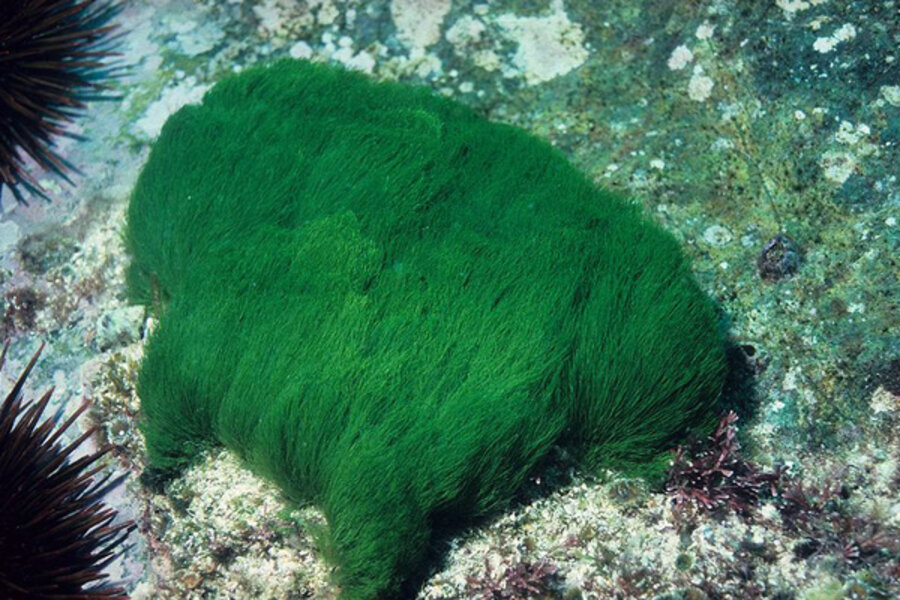Texas Under Extreme Heat Warning: 111°F Temperatures Expected

Table of Contents
Understanding the Dangers of Extreme Heat in Texas
Extreme heat in Texas poses severe health risks, particularly heatstroke and heat exhaustion. These heat-related illnesses can quickly escalate into life-threatening situations if not addressed promptly. Understanding the symptoms is the first step in protecting yourself and others.
- Heatstroke Symptoms: Heatstroke is a medical emergency. Symptoms include a high body temperature (above 103°F or 39.4°C), confusion, seizures, loss of consciousness, rapid breathing, and a strong, rapid pulse. Do not delay seeking immediate medical attention if you suspect heatstroke.
- Heat Exhaustion Symptoms: Heat exhaustion is less severe than heatstroke but still requires immediate action. Symptoms include heavy sweating, weakness, dizziness, headache, nausea, and muscle cramps. Resting in a cool place and rehydrating are crucial steps. However, if symptoms worsen, seek medical help.
- Long-Term Health Consequences of Heatstroke: Even after recovery, heatstroke can lead to long-term health problems like kidney damage, brain damage, and even death.
- Dehydration Risks and Prevention: Dehydration significantly increases your vulnerability to heat-related illnesses. Prevent dehydration by drinking plenty of water before you feel thirsty. Avoid sugary drinks and alcohol, as they can dehydrate you further.
Safety Precautions During the Texas Heatwave
Staying safe during this Texas heatwave requires proactive measures. Here's how to protect yourself and your loved ones:
- Limit Outdoor Activities: Avoid strenuous outdoor activities during the hottest parts of the day, typically between 10 a.m. and 4 p.m. If you must go outside, take frequent breaks in shaded or air-conditioned areas.
- Stay Hydrated: Drink plenty of water throughout the day, even if you don't feel thirsty. Carry a water bottle with you and refill it regularly.
- Dress Appropriately: Wear lightweight, light-colored, loose-fitting clothing to help your body stay cool. A wide-brimmed hat and sunglasses can also offer protection from the sun.
- Seek Shade and Air Conditioning: Spend as much time as possible in shaded areas or air-conditioned environments. Public buildings, libraries, and shopping malls often offer respite from the heat.
- Never Leave Children or Pets in Parked Cars: Even on a relatively mild day, the temperature inside a parked car can quickly rise to dangerous levels. Never leave children or pets unattended in a vehicle, especially during extreme heat.
- Check on Vulnerable Neighbors and Family Members: Make sure to check on elderly neighbors, individuals with chronic illnesses, and others who may be more vulnerable to the heat.
- Know the Signs: Familiarize yourself with the symptoms of heatstroke and heat exhaustion so you can recognize them and take appropriate action.
Finding Cooling Centers and Resources in Texas
Several resources are available to help you stay cool and safe during the Texas heatwave.
- Cooling Centers: Many cities and counties in Texas operate cooling centers, which provide air-conditioned spaces for residents to escape the heat. Check your local government website or call your city's emergency services for information on the nearest cooling center. [Insert links to relevant city/county websites here].
- Emergency Services: If you or someone you know experiences symptoms of heatstroke or heat exhaustion, call 911 immediately.
- Medical Help: For non-emergency heat-related concerns, contact your doctor or local health clinic for advice.
Protecting Vulnerable Populations During the Texas Heatwave
The elderly, young children, and individuals with chronic illnesses are particularly vulnerable to the effects of extreme heat. Extra precautions should be taken to protect these groups:
- Elderly: Encourage elderly individuals to stay indoors during the hottest parts of the day and check on them frequently. Ensure they have access to adequate hydration and cooling measures.
- Children: Children are more susceptible to heatstroke because their bodies regulate temperature less effectively than adults. Supervise children carefully and make sure they stay hydrated.
- Chronic Illnesses: Individuals with chronic illnesses like heart disease, respiratory conditions, or diabetes are at increased risk. These individuals should take extra precautions and consult their doctor regarding heat safety.
Conclusion: Stay Safe During This Texas Heatwave
The current Texas heatwave presents a serious health risk. Understanding the dangers of extreme heat, taking appropriate safety precautions, and knowing where to find resources are crucial steps in protecting yourself and your community. Remember to stay informed about the ongoing Texas heatwave by checking local news and weather reports for updates. Visit your local health department's website for comprehensive resources and information on cooling center locations. Staying safe during this Texas heatwave is not just advisable; it’s essential. Protect yourself and help protect others.

Featured Posts
-
 Tsare Alastytan 13 Hya Flstynya Ywajh Khtr Althwyl Ila Mstemrat
May 30, 2025
Tsare Alastytan 13 Hya Flstynya Ywajh Khtr Althwyl Ila Mstemrat
May 30, 2025 -
 Affaire Le Pen Laurent Jacobelli Nuance La Position De La Justice
May 30, 2025
Affaire Le Pen Laurent Jacobelli Nuance La Position De La Justice
May 30, 2025 -
 Agassi Recuerda A Su Rival Sudamericano Rios Entre Sus Principales Oponentes
May 30, 2025
Agassi Recuerda A Su Rival Sudamericano Rios Entre Sus Principales Oponentes
May 30, 2025 -
 Selena Gomez Top 10 Without An Official Single Release
May 30, 2025
Selena Gomez Top 10 Without An Official Single Release
May 30, 2025 -
 The Killer Seaweed Threatening Australias Marine Life
May 30, 2025
The Killer Seaweed Threatening Australias Marine Life
May 30, 2025
